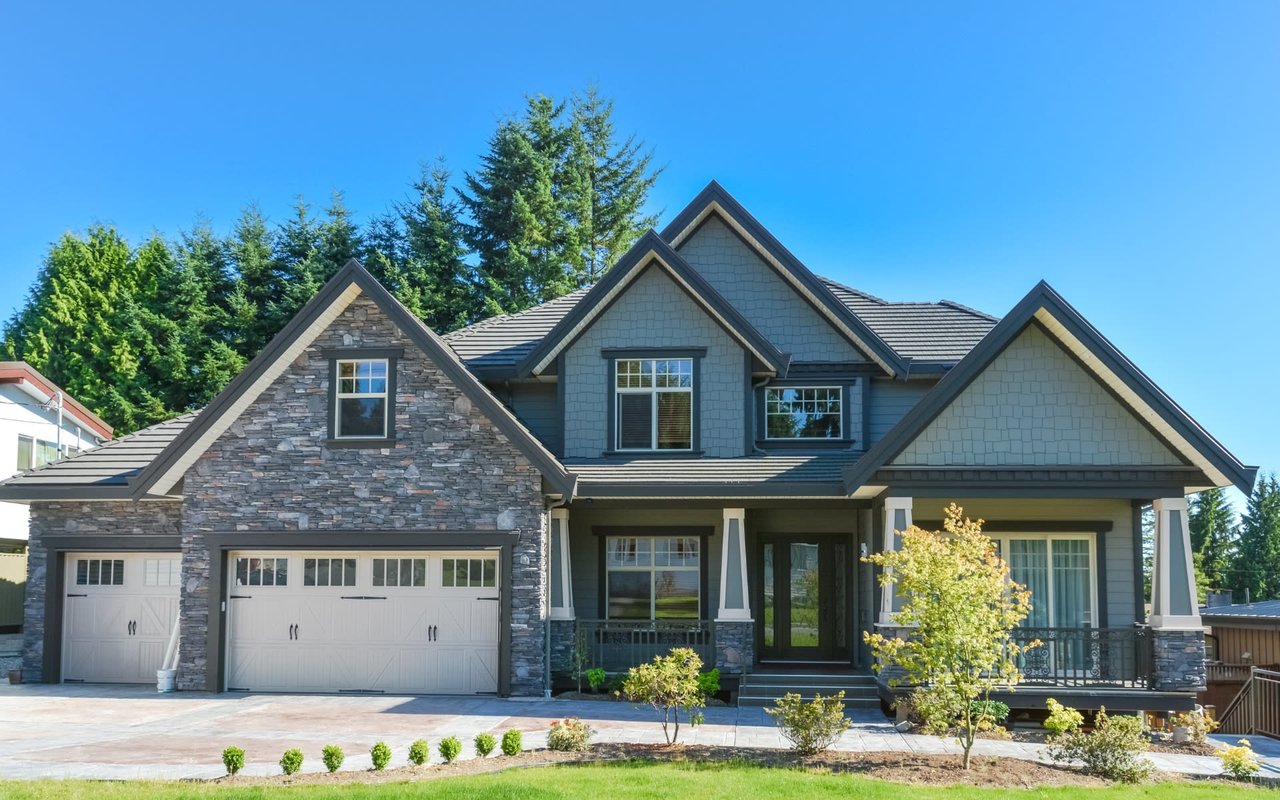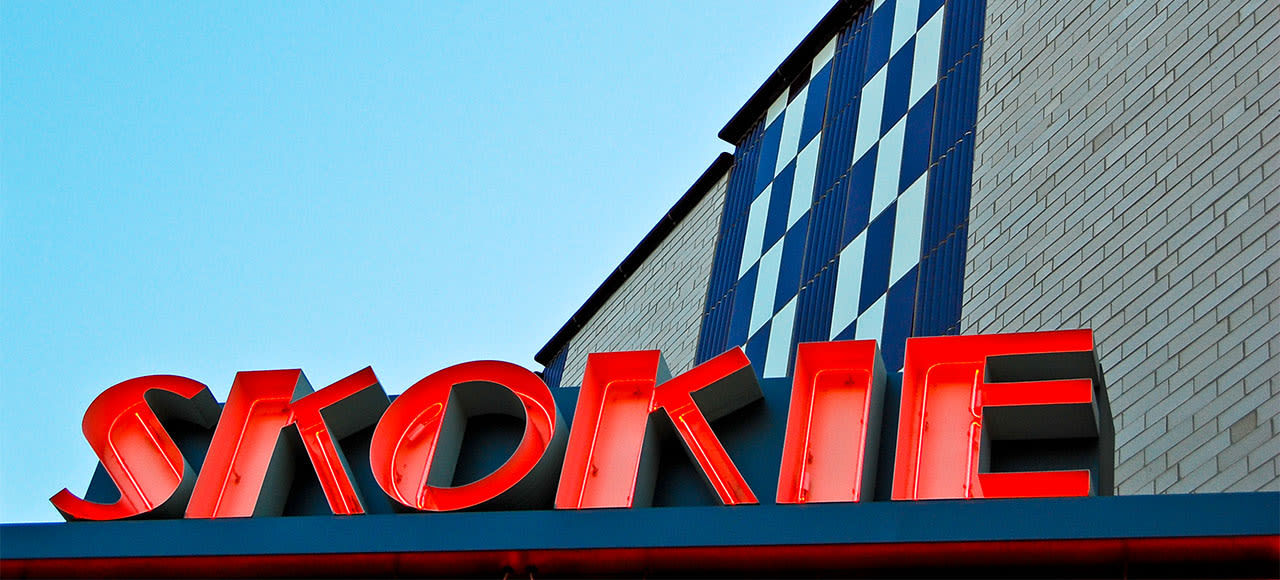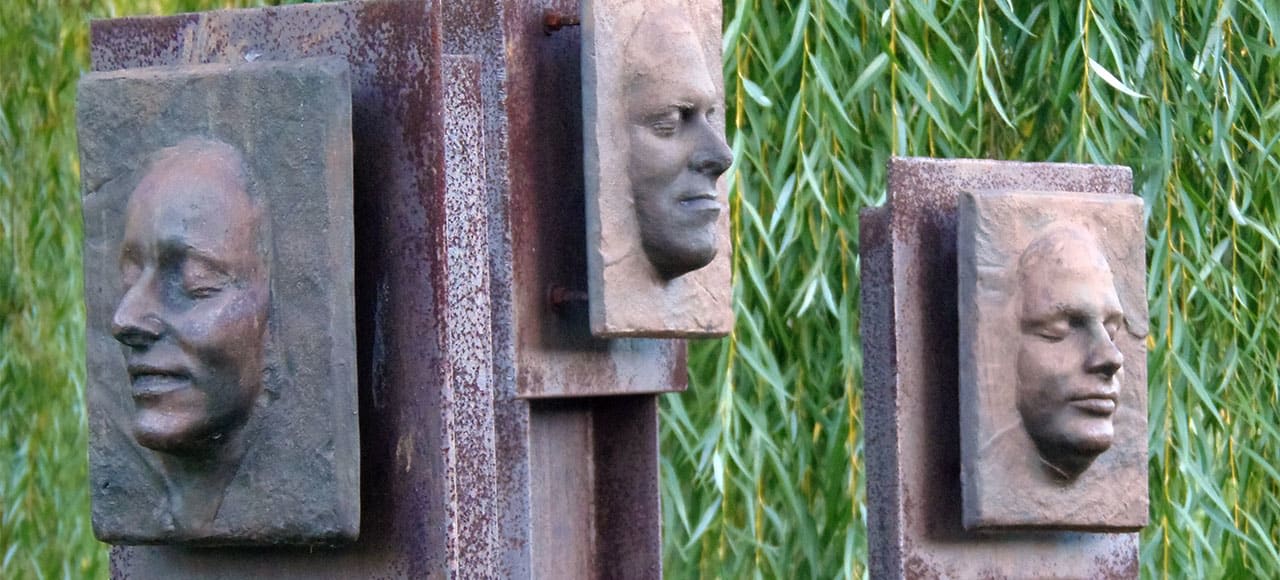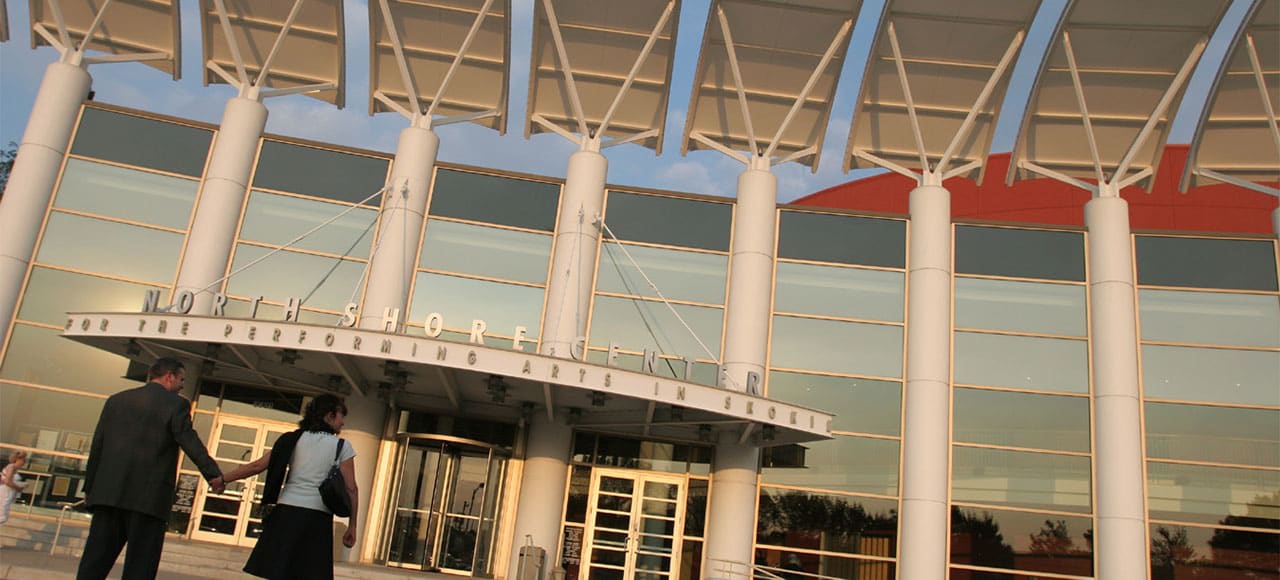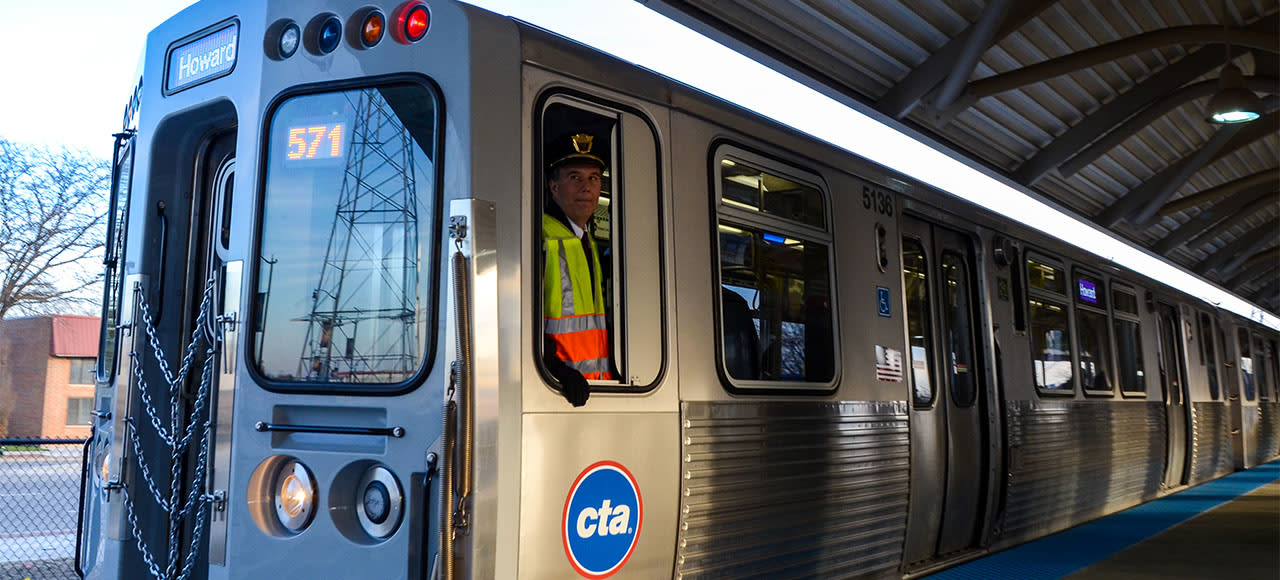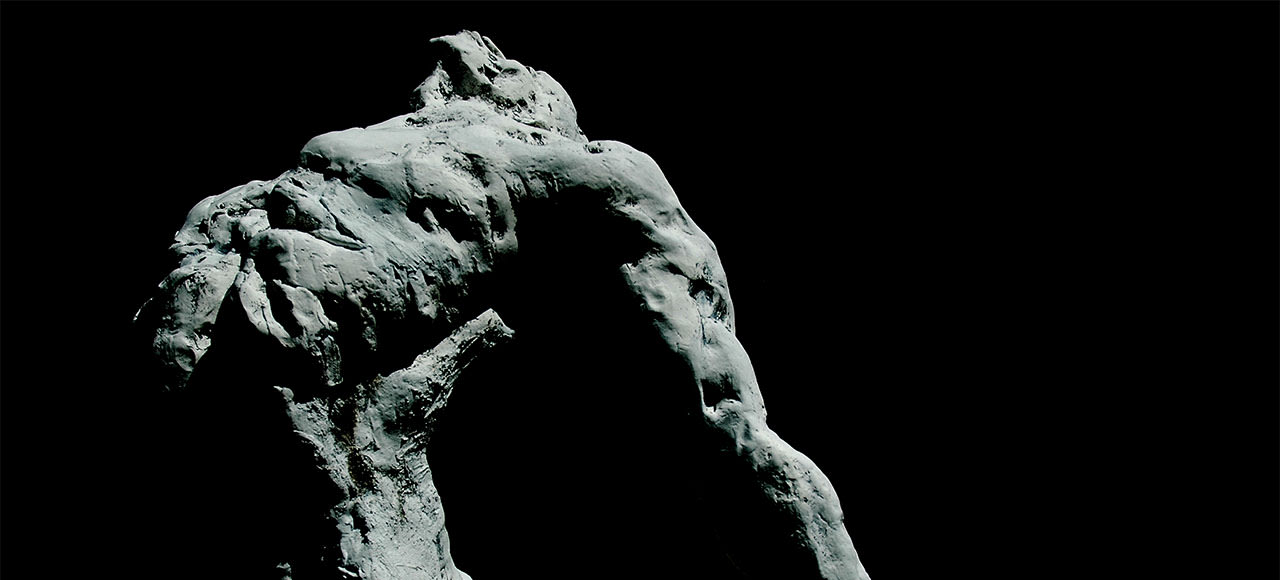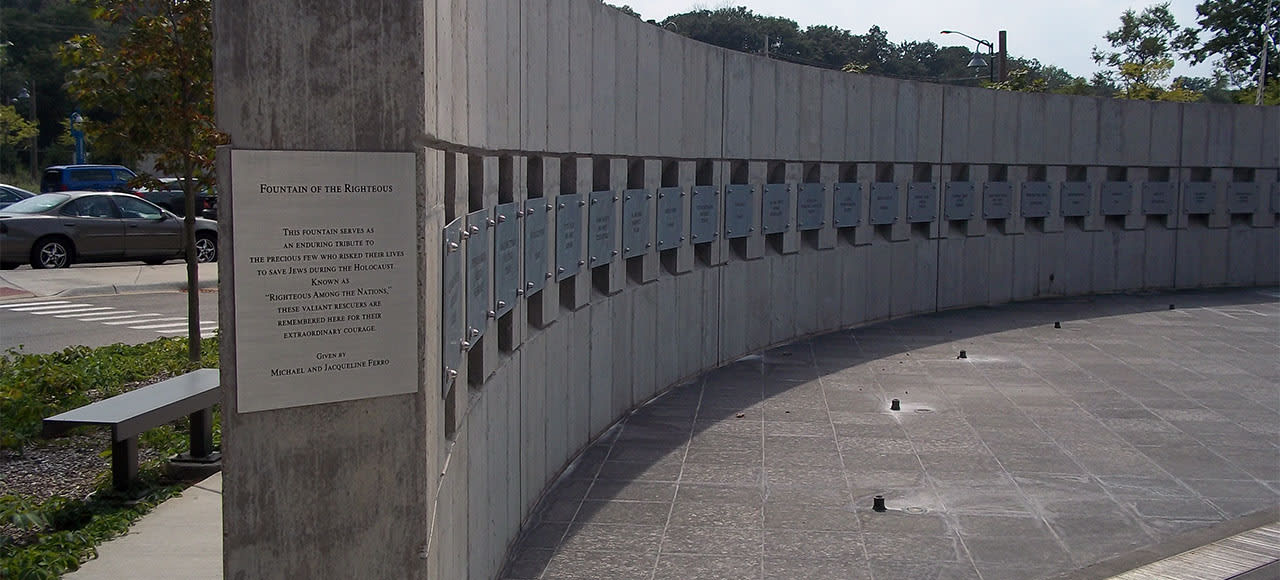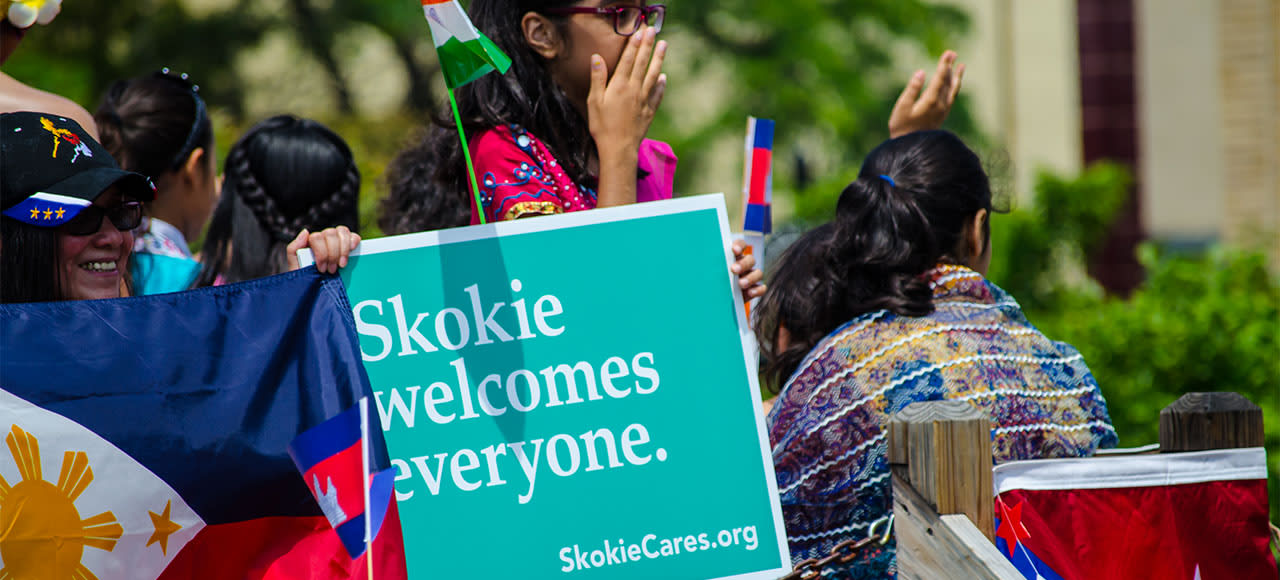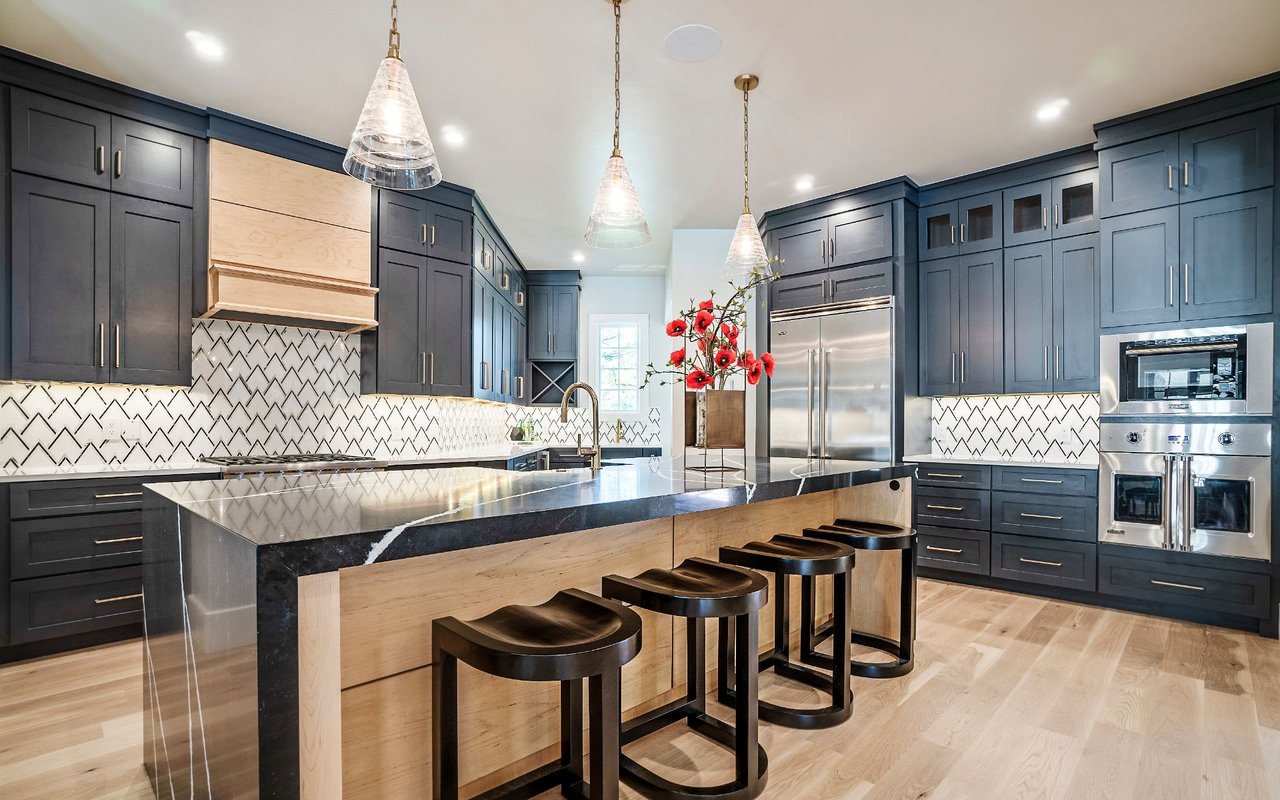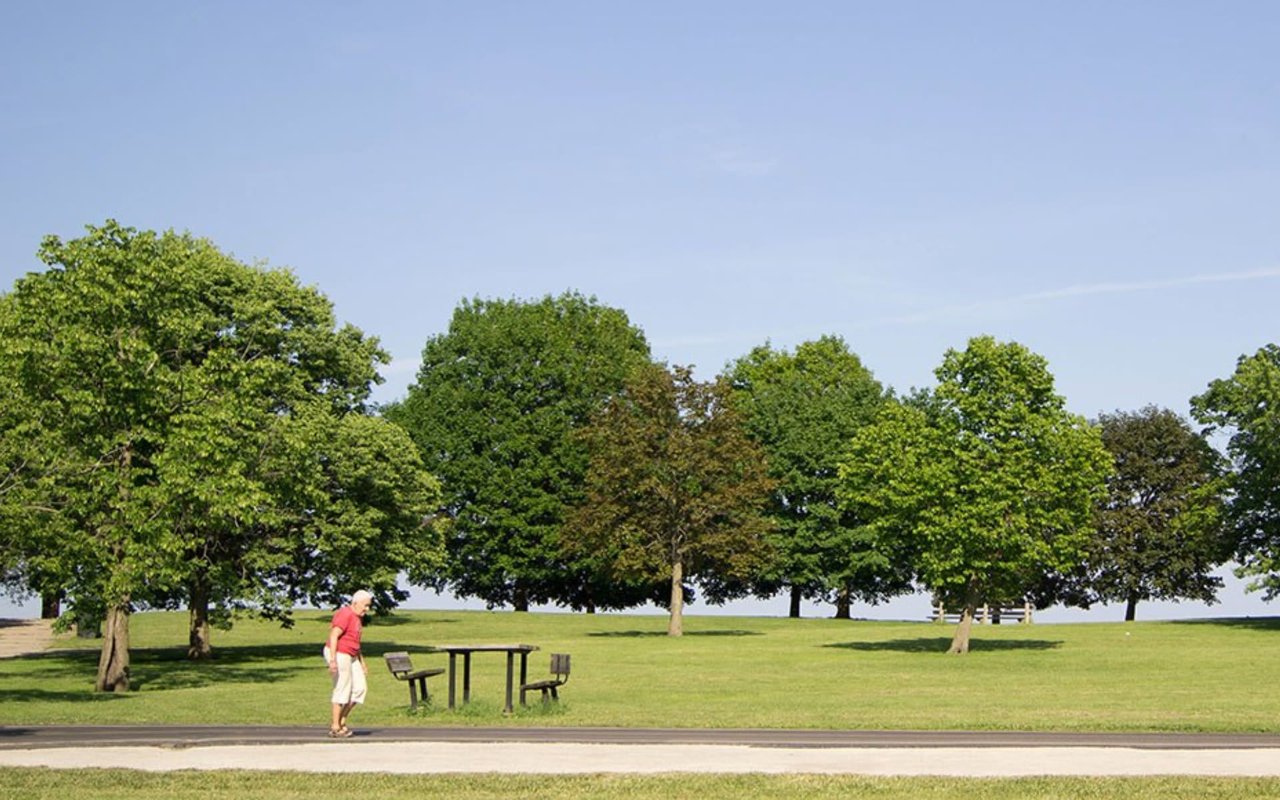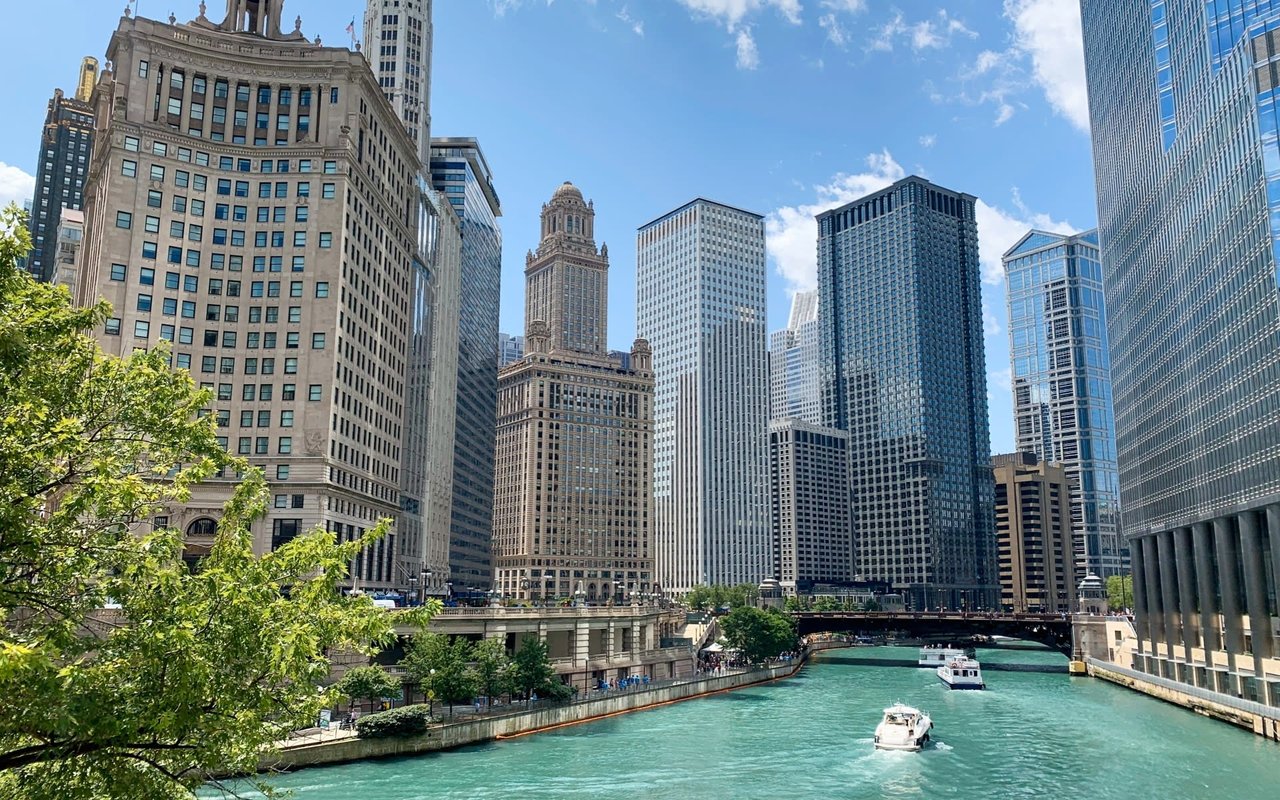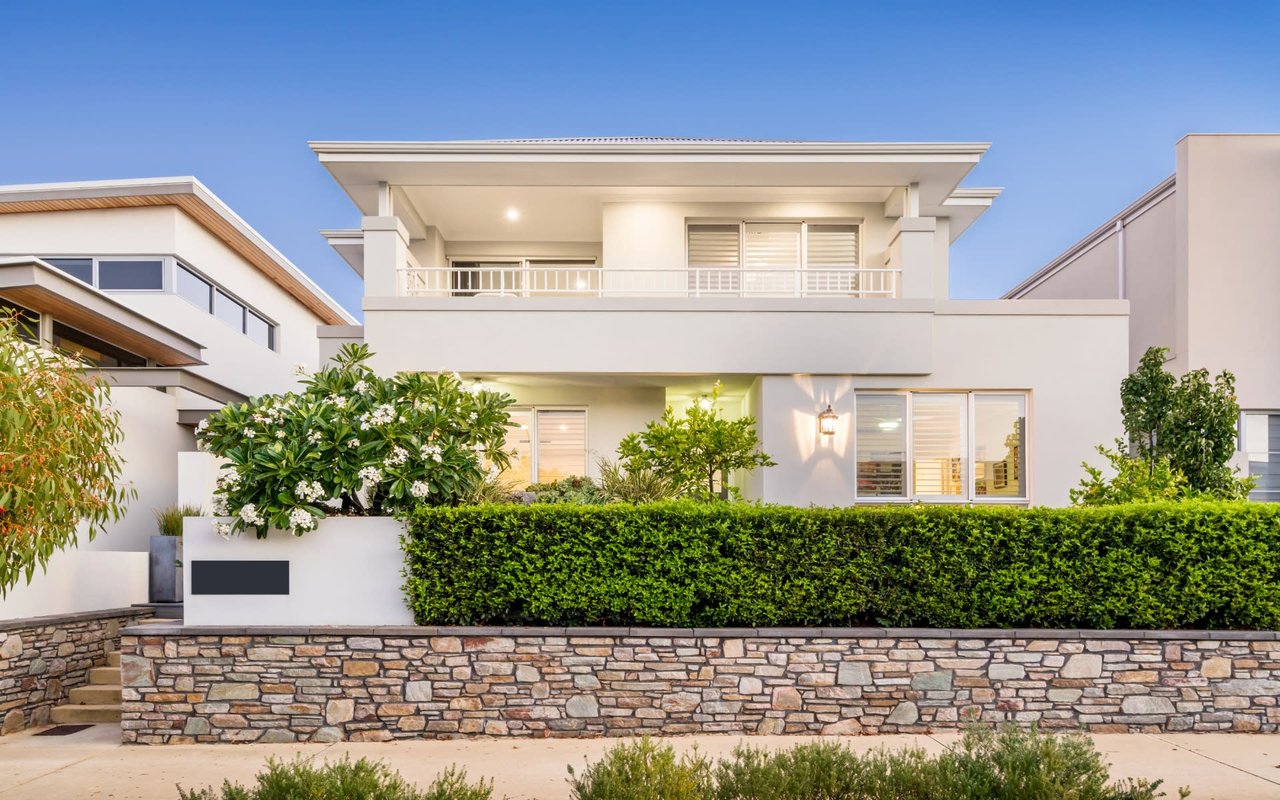The Skokie Theatre, built in 1912. Photo cropped from the original by Eric Allix Rogers [CC BY-NC-ND 2.0], via Flickr.
In this series of blog posts, we provide a summary of the neighborhoods where we’re currently listing and developing homes. In this post, I’ll be focusing on living in Skokie, Illinois, a suburb northwest of the city.
Skokie is not a Chicago neighborhood — rather, it’s a village in Cook County. Skokie’s southern border is the city of Chicago, its eastern border is Evanston. Like its neighbor Evanston, Skokie is served by the CTA, providing its 64,000 or so residents with easy access to the city.
Skokie is a culturally rich village, with its own performing arts center, gorgeous public library, rich immigrant history, and plenty more to see and do.
One of the coolest features of this community is the Skokie Northshore Sculpture Park, a two-mile stretch of landscaped walkways and bike trails in which over 60 sculptures are featured. It’s a beautiful place for a walk or run no matter the time of year.
Sculptures at the Skokie Northshore Sculpture Park. Photo cropped from the original by Keith Cooper [CC BY 2.0], via Flickr.
Read on to see why it’s always a beautiful day in Skokie, Illinois.
Entertainment and Eating
The North Shore Center for the Performing Arts in Skokie. Photo cropped from the original by Chicago’s North Shore Conventions & Visitors Bureau [CC BY 2.0], via Flickr.
In addition to the independent Skokie Theatre (pictured at the top of the article), which hosts live entertainment in an intimate art-deco space, this village is also home to the North Shore Center for the Performing Arts in Skokie (above). This two-theater complex features an 867-seat mainstage theater and a convertible 318-seat theater. They host everything from youth theatre to comedy to performances of the symphony orchestra.
Skokie also offers diverse dining establishments for residents and visitors, from a long-standing hot dog palace to an even older steakhouse to Latin American small plates to kosher fine dining.
The Numbers
A CTA 5000-series Railcar at Oakton-Skokie. Photo by Kevin Zolkiewicz [CC BY-NC 2.0], via Flickr.
A typical commute to the Loop from Skokie using public transportation is around an hour and 15 minutes, door to door. To get to O’Hare Airport via public transportation takes about an hour. By car, a typical drive to the Loop without traffic would take about 20 to 25 minutes, and a trip to O’Hare would be 20 minutes, sans traffic.
Walkscore.com rates Skokie as somewhat walkable, with some transit. The village is also considered bikeable. However, there are pockets of Skokie that are quite walkable — for example, near the Oakton-Skokie station (pictured above).
According to Zillow, home values in Skokie stayed flat over the past year and are expected to increase 0.9% over the next year. The average home value in Skokie is 11.4% lower than nearby Evanston.
Second Breath, a sculpture in the Skokie Northshore Sculpture Park. Photo cropped from the original by John Fehrenbach [CC BY-NC-ND 2.0], via Flickr.
A Bit of History
The name Skokie is derived from a Potawatomi word for swamp or marsh, a nod to the Potawatomi villages that ran along the banks of the North Branch of the Chicago River, which bounds Skokie to the west. The land in what is now the village was mostly wooded with some marshy prairie.
Skokie was called Niles Center until 1940. The area was developed in the mid-1850s by immigrants from Germany and Luxembourg and was mostly used as farmland until the 1920s. A railroad line made it to Skokie in 1925, sparking development that stalled during the Depression and picked up again in the late 1940s.
The addition of the Edens Expressway to the village in 1951 and the Old Orchard Shopping Center in 1956 spurred further growth. Most of the residents that moved to Skokie at this time were of Jewish descent, and many of them were survivors of the Holocaust.
In reaction to neo-Nazis who threatened to march in Skokie in the late 1970s, many of the Holocaust survivors who had settled in Skokie set up the Holocaust Memorial Foundation of Illinois. The dedication of this community eventually led to the opening of the Illinois Holocaust Museum and Education Center in 2009 (below).
The Fountain of the Righteous outside of the Illinois Holocaust Museum & Education Center. Photo cropped from the original by Floyd Wilde [CC BY-SA 2.0], via Flickr.
If you’d like to learn more about living in Skokie, I recommend exploring the following resources:
- The Encyclopedia of Chicago’s Skokie entry
- The Village of Skokie website
- Skokie Chamber of Commerce
- SkokieCares
- Chicago’s North Shore Convention & Visitors Bureau (covering Skokie and other nearby communities)
Residents hold “Skokie welcomes everyone” signs at the Skokie 4th of July Parade 2017. Photo cropped from the original by spablab [CC BY-ND 2.0], via Flickr.
Interested in living in Skokie? I have one active listing there right now: 8147 Lowell, a 4-bed, 2-bath single family home. I may list more homes in the future, so check back to my Listings page.
I have experience on both the selling and buying sides in the village. Please feel free to contact me for more information on buying — or selling — a home in Skokie.
